
- The Supreme Court has asked the Election Commission of India (ECI) to explain how it verifies Electronic Voting Machines (EVMs) and to ensure that no data is erased or reloaded during the process.
- A petition claimed that the current method of verification does not follow the court’s earlier judgment, which allows candidates to check 5% of EVMs per constituency.
- The court also questioned the high cost of verification, set at Rs 40,000 per machine, and ordered ECI to review its pricing.
Why is the Supreme Court concerned about EVM verification?
The Supreme Court’s concern stems from a petition stating that the ECI’s method of verifying EVMs does not align with its earlier ruling. The court had allowed losing candidates (who finished second or third) to request verification of EVM microchips but did not mention erasing or reloading data. The bench made it clear that the purpose of verification is only to ensure there is no tampering, not to modify or reload any data.
The court also directed the ECI to store symbol loading units (which store party symbols) for at least 45 days after election results are announced. Additionally, the court raised questions about the verification fee, arguing that Rs 40,000 per machine is too expensive.
What does this mean for future elections?
This ruling strengthens transparency in elections by ensuring that EVM verification follows strict guidelines. The court’s directive prevents any unnecessary modifications to the machines, making the verification process more reliable. The decision to seal symbol loading units adds another layer of security. The Supreme Court’s order also pressures the Election Commission to reduce the cost of EVM verification, making it more accessible for candidates to request checks.
With these changes, the election process is expected to be more secure, transparent, and trustworthy, reinforcing public confidence in EVMs.

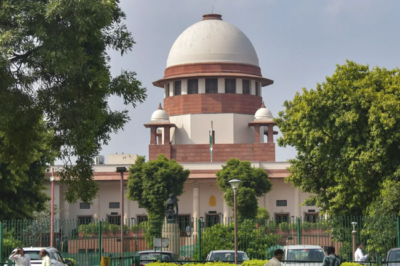






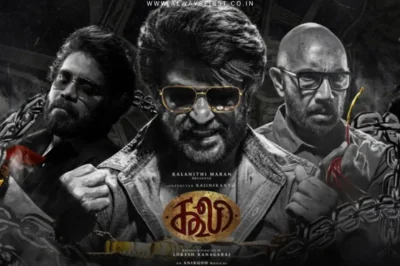

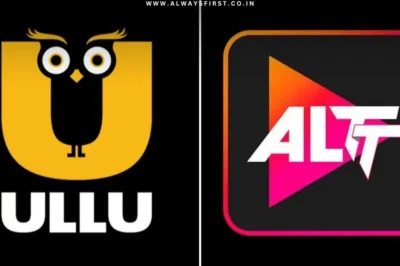


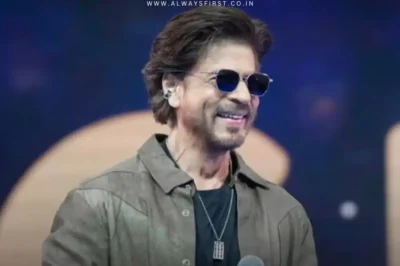











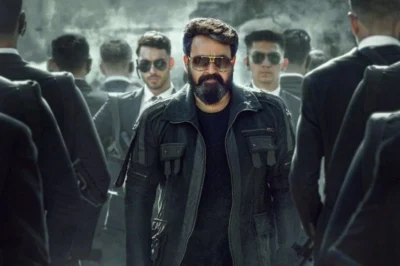







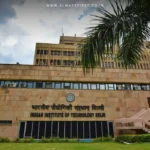


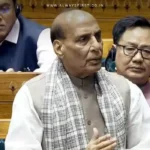



Leave a Reply